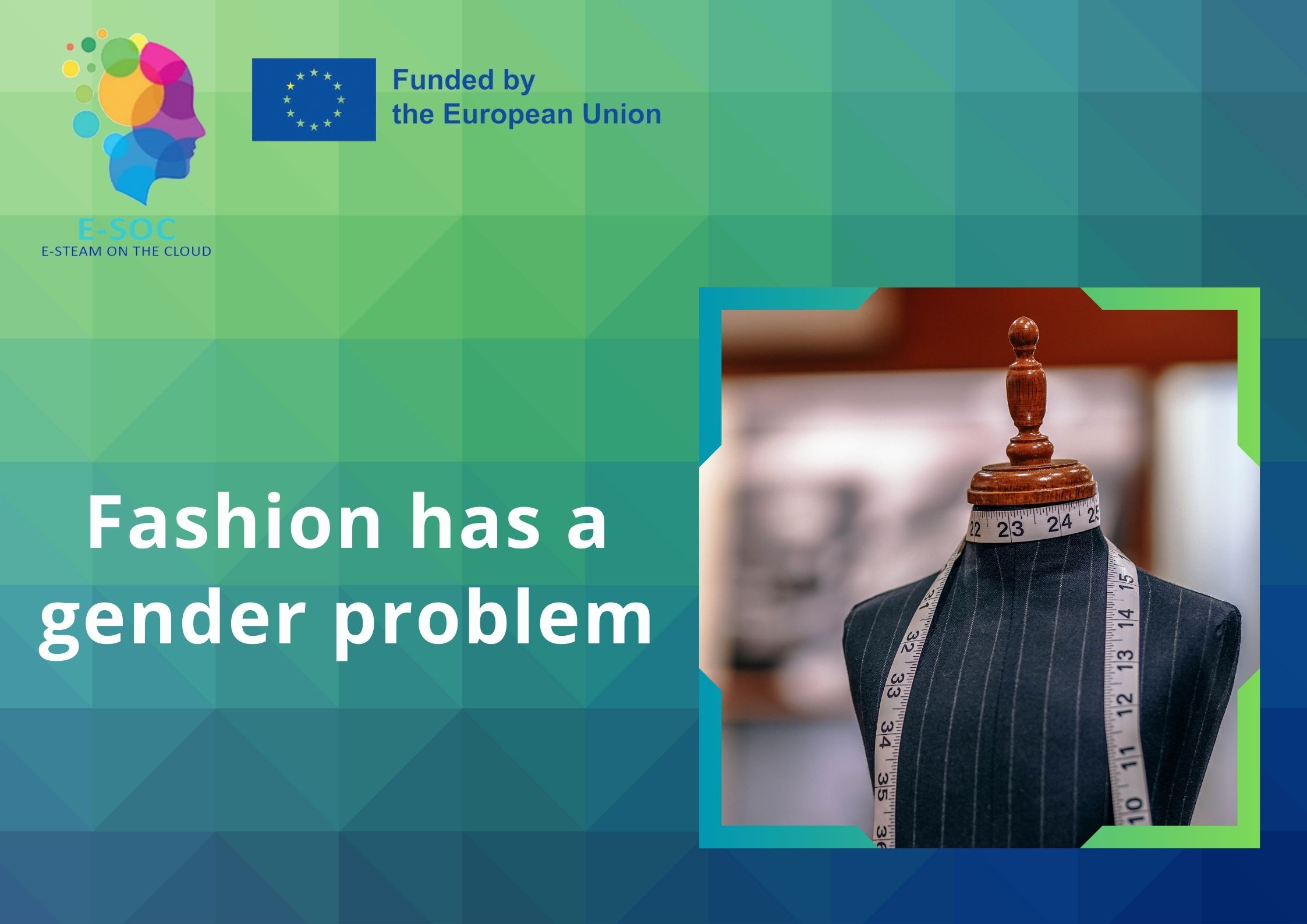
Fashion, the way we dress and how we look says a lot more about us, our personality and our attitudes, our socio-political status and roles, than any spoken word. This is why the history of costume has so many changing points. In many cultures, until the 17th century womenswear and menswear were pretty similar. By the reign of Louis XIV., „serious” tailoring for men, and „frivolous” fashion for women started to separate. People were rigidly classed into one of two genders, with dress rules so unbreakable that many countries had cross-dressing laws. How women should look, what she should do, and how should she behave was a long time influenced and determined by men. The XX.th century assisted to the birth of the guild of women fashion designers, undermining the long-known tradition that a great designer must be a man descending from generations of tailors, and a woman can only be eventually a seamstress. (Reading support: 12 couturiers qui ont changé l’Histoire, Bertrand Meyer-Stabley, PYGMALION September 17, 2014, ISBN-10 : 2756414824)
Although a lot has changed trough the past years, in a study conducted by PwC (PricewaterhouseCoopers), ‘Unraveling The Fabric Ceiling’, it is shown that though there are more women than men in fashion schools (80%), it is men who mostly get to the higher positions.
TYPE OF THE ACTIVITY:
Video
DURATION:
50 minutes
TEACHING AID:
Visual support, video-based learning, PP presentation.
TEACHING PRACTICE (STEP BY STEP):
Step 1:
Short synopsis regarding the position of women in the fashion industry, about gender equality in creative fields, and about the existing stereotypes in the fashion indistry:
Step 2:
Activity 1
Video-based information gathering and debate:
Watching the following film by Vogue Video, directed by Kathryn Ferguson (https://www.youtube.com/watch?v=YIL8aIbYYDE)
Activity 2
Students are asked to write down on paper the names of fashion designers or well know brands, and afterward discuss the representative, founder, or head-designer of each one. Based on this discussion they will be able to analyze if these leading positions are men or women mostly. Debate on the skills and qualities that must have someone who aims to be a fashion designer. (ex: good presentation and negotiation skills, creative and artistic vision, flexibility, good organization and planning skills, etc.-traits that are not influenced by gender) Students will identify stereotypes and bring contra arguments.
Step 3:
Presenting women fashion designers from the XX.th century, that changed the history of fashion with their contributions: Jeanne Lanvin who invented assorted mother-daughter dresses, Madeleine Vionnet, who introduced bias-cut to obtain more fluidity of the fabric, Coco Chanel who introduced trousers in the wardrobe of women, and invented the little black dress, Elsa Schiaparelli, an innovator who embraced the surrealist aesthetic and created the skeleton and the lobster dress, Donna Karan who created the idea of the capsule collection, etc.
MATERIALS:
Detailed description of activities (pdf).
Download/print this plan of the activity (pdf).
SOURCES:
https://artsandculture.google.com/story/women-in-fashion-the-museum-at-fit/cQWxCoSDxiS2KQ?hl=en
